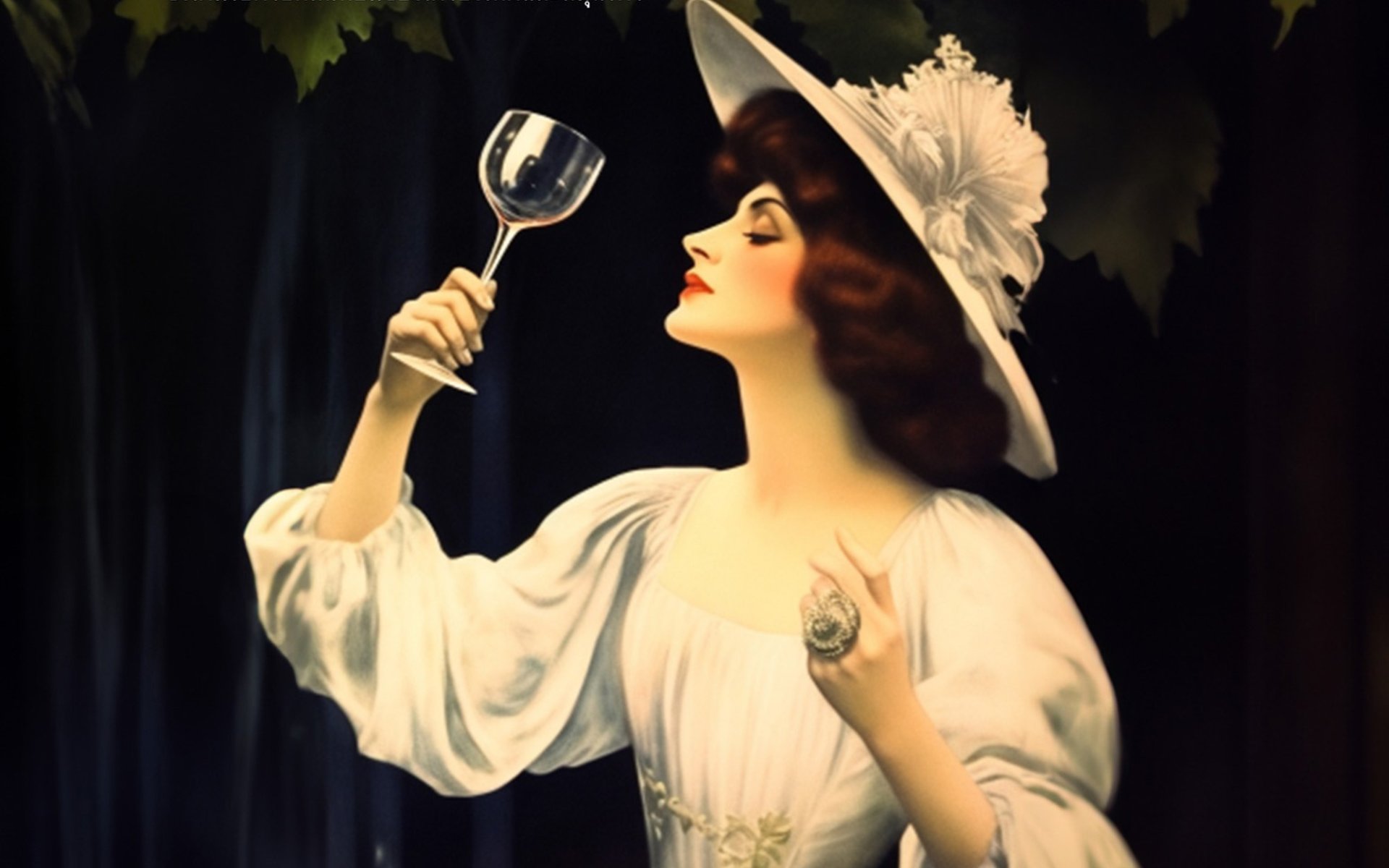Vermouth

Vermouth, also known as Aromatised Wine, is a type of fortified wine that has played a pivotal role in the world of cocktails for centuries. It's a key ingredient in a wide array of classic cocktails, from the iconic Martini to the beloved Negroni, and is infused with complex aromas of spices and herbs.
Origins as Ancient Elixirs
The earliest forms of vermouth can be traced back to ancient civilizations like the Greeks and Romans. During those times, people would commonly infuse herbs and spices into alcoholic beverages to create drinks believed to possess medicinal properties or serve as elixirs. However, the modern version of vermouth as we know and use it today was first developed in the city of Turin, Italy, during the late 18th century.
Antonio Benedetto Carpano: The Father of Modern Vermouth
In 1786, Antonio Benedetto Carpano, a local distiller and herbalist, produced a novel version of vermouth. He skillfully blended white wine with a diverse array of botanicals, including wormwood (a crucial ingredient that imparts its characteristic bitterness) and other aromatic herbs. This creation became known as Vermouth di Torino or Carpano Vermouth, and it rapidly gained popularity in Turin, giving rise to the thriving vermouth industry we recognize today.
Initially, Carpano's Vermouth di Torino was marketed as a medicinal tonic. However, it quickly transitioned into an popular aperitif, consumed to stimulate the appetite, either neat or with soda. It became highly favored by bartenders and cocktail enthusiasts alike, who sought out its unique flavors.
Spread to France and Its Role in Classic Cocktails
Later, in the 19th century, vermouth became a widely popular beverage across Europe, particularly in France. Prominent French producers, such as Joseph Noilly and Louis François Armand, played significant roles in developing Dry Vermouth, which is less sweet than its Italian counterparts. This dry style became known as Vermouth blanc or White vermouth. They also introduced many other vermouth variations, further diversifying the market.
One of the most famous cocktails to feature vermouth is the Martini, which emerged in the late 19th century. Initially, the Martini was prepared using equal parts gin and sweet vermouth. However, over time, the recipe evolved to incorporate gin and dry vermouth for a crisper, drier taste. Furthermore, vermouth has been instrumental in the creation of the Negroni, another widely popular classic cocktail, which consists of equal parts gin, Campari, and sweet vermouth.
Regional Variations and a Resurgent Popularity
As vermouth's reputation spread globally, various regions began to develop their own distinct styles, reflecting local tastes and available ingredients. For example, in Spain, vermouth tends to be sweeter and infused with aromatic fruits, herbs, and spices like cinnamon and orange peel. It is commonly enjoyed as an aperitif alongside a variety of tapas.
In the 20th century, vermouth was somewhat overshadowed by other alcoholic beverages that gained more prominence. However, in recent years, vermouth has experienced a remarkable resurgence in popularity among craft cocktail enthusiasts and the broader drinking culture. A wide range of vermouth styles are now available, catering to the diverse preferences of modern consumers.
Vermouth Today: Endless Innovation
Today, vermouth is produced worldwide, with a vast spectrum of styles ranging from Sweet to Dry. Newly developed formulas are also common, such as the widely popular Rosso (a sweet red vermouth), Bianco (a sweet white vermouth), and Extra Dry (a very dry white vermouth). Available in colors from red to white, vermouth producers continue to experiment with new expressions, utilizing different botanicals and grape varietals from diverse origins. This continuous innovation results in an endless variety of vermouth flavors and styles, ensuring its continued importance in cocktail creation and as a delightful drink on its own for those who appreciate the complexity of botanical aromas.


